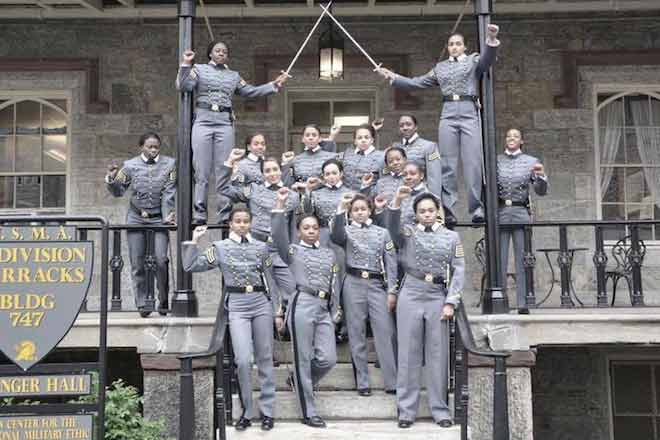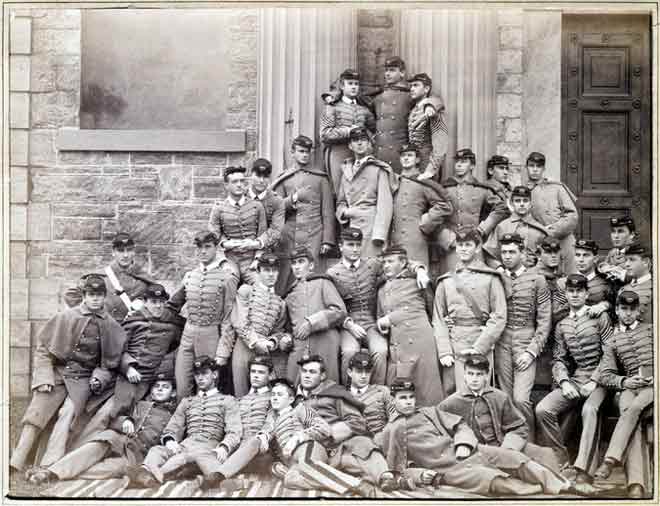By Thomas Allen Harris
When I first read this story in the New York Times I was struck by how the politics of images of power play across gender, race and time – particularly looking at the two images the Times used to illustrate the story. I was also interested in the way black power and black is articulated post the Black Power/Black Panther movements and how it is interpreted by West Point officials in the wake of #BlackLivesMatter, Stanley Nelson’s Black Panthers film as well as Beyonce‘s insertion of related symbols within pop culture recently. Below is the Times article. Digital Diaspora Family Reunion would be interested in similar representations of power across gender, race and nationality.

A group of black women in the 2016 graduating class of West Point Military Academy have come under fire due to a photo of them dressed in traditional uniform and raising their fists. The photo, which circulated widely after it was posted on Twitter, led to an investigation as to whether or not the women should be punished. West Point, a prestigious and fiercely competitive academy known for training some of the nation’s top military leaders, has strict policies on political displays by students and staff in an effort to create unity and camaraderie. The raised-fists were seen by some as an open endorsement of Black Lives Matter, as well as the Black Panthers, both groups having controversial political ties and or motivations. Others insisted that the women were simply using the gesture in the likeness of Beyonce: as a pop culture symbol which embodies unity and pride. The results of the investigation found that the women had no political agendas in the taking of the photo, but that they showed “a lapse of awareness in how symbols and gestures can be misinterpreted and cause division,” according to West Point’s Superintendent Lt. Gen. Robert Caslen Jr.
At the heart of the controversy is the gesture the women chose: Did it represent a divisive political statement, a matter of free speech, or just a case of students showing their sense of accomplishment as graduation, set for May 21, drew near? John Burk, an Iraq veteran turned blogger who lives in Georgia, said he was sent the photo by a concerned person at West Point. On Tuesday, he wrote a post saying that by raising their fists, the women were identified with Black Lives Matter activists “known for inflicting violent protest throughout various parts of the United States, calling for the deaths of police officers, and even going so far as to call for the deaths of white Americans.”
But others who have spoken with the cadets said that evoking Black Lives Matter was not their intention, and that the raised fist that was once a sign of militant uprising is now often a pop culture symbol of strength and pride that has been hoisted in such mundane settings as this year’s Super Bowl halftime show.
“These ladies weren’t raising their fist to say Black Panthers. They were raising it to say Beyoncé,” said Mary Tobin, a 2003 graduate of West Point and an Iraq veteran who is a mentor to some of the seniors and has talked with them about the photograph.
Clearly, the various interpretations reflect more upon the point of view of the person looking at the image than the young women in the photograph, who, despite everything else are still youthful college graduates in a culture that has changed markedly since the times of their fellow West Point Cadets. What do you think? Share your photos and stories!
Visit here to see whole article!
No comments yet.